Text João Barbosa | Translation Jani Dunne
Three beautiful Alentejo wines for a chat between an iconoclast and friends. Of true Alentejo character, aromas and flavours. Brave, for the strong food of this province. However, there’s another thing…
The term ‘iconoclast’ is a hyperbole. I am not a Taliban who breaks holy, unquestionable rules, nor do I make idols out of icons. Actually, I find savagery (poetic ugliness) more interesting than transparent sectarianism (because the former results from ignorance). A word is missing: “once-in-a-while-misaligned-just-because-and-also-to-maintain-a-good-level-of-sanity.”
Why this introduction? It means to prevent you from taking me for a fool or for being arrogant. The topic is how wine can be gastronomic. Should wine be “gastronomic”? Is it advantageous? Is wine only good when it must be taken with food?
This is neither an advantage nor a disadvantage. I think either harmonising wine with food or not is equally valid. Going straight to the G-spot… does it give pleasure? Pleasure must be its sole purpose. The wine is important, the food is important, and… who ever is sitting with us or without us is just as important, if not more.
The Portuguese repeatedly boast about their wines for being “very gastronomic”. This praise usually follows an applause for its Mediterranean background, with a cult and liturgy of food.
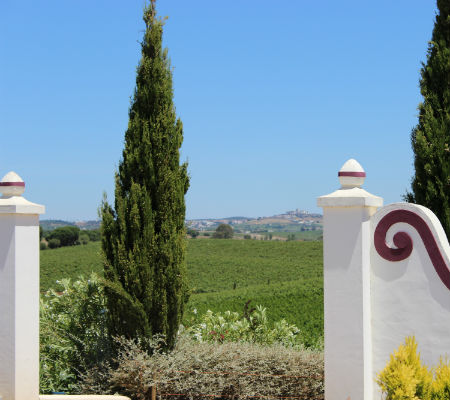
Herdade das Servas – Photo Provided by Herdade das Servas | All Rights Reserved

Herdade das Servas – Photo Provided by Herdade das Servas | All Rights Reserved
Of course I want the wine to be appropriate for the food. This doesn’t mean I despise the appropriateness of a wine, food, or utensils, but meals are most pleasurable to me when shared with friends – friendship is what we celebrate in social gatherings.
Half of me comes from Alentejo; this fact sometimes leads me to jokingly state that I am from Alentejo. Where from? From Campo Grande, Lisbon. “My” area of Alentejo has no wine. There are no vineyards in my family’s fields.
I do not drink borrowed Alentejo. But there is a specific Alentejo wine that belongs to me, and it tastes of, or reminds me of evenings by the fireplace… quiet men listening patiently as the ladies list family ties, estates and lives.
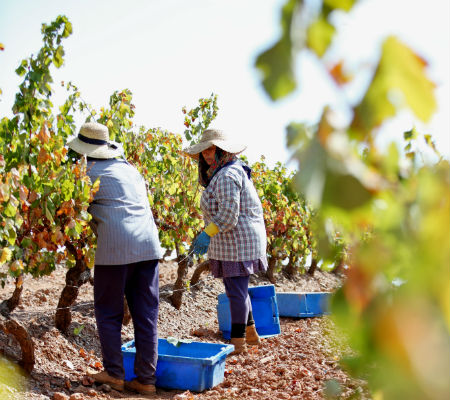
Harvest – Photo Provided by Herdade das Servas | All Rights Reserved
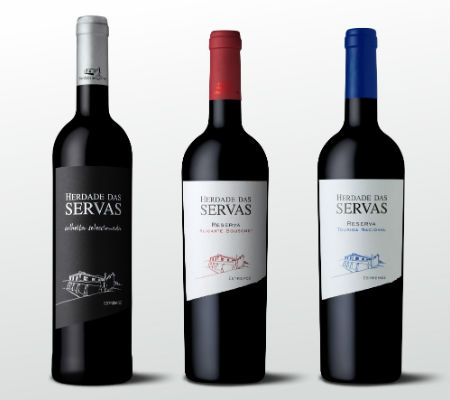
Herdade das Servas wines – Photo Provided by Herdade das Servas | All Rights Reserved
I have been introduced to three wines: Herdade das Servas Colheita Seleccionada Red 2013, Herdade das Servas Alicante Bouschet 2013 and Herdade das Servas Touriga Nacional 2013. They were served during a meal composed only of traditionally Alentejo dishes, in O Galito restaurant, in Lisbon. The perfect match as it always should be.
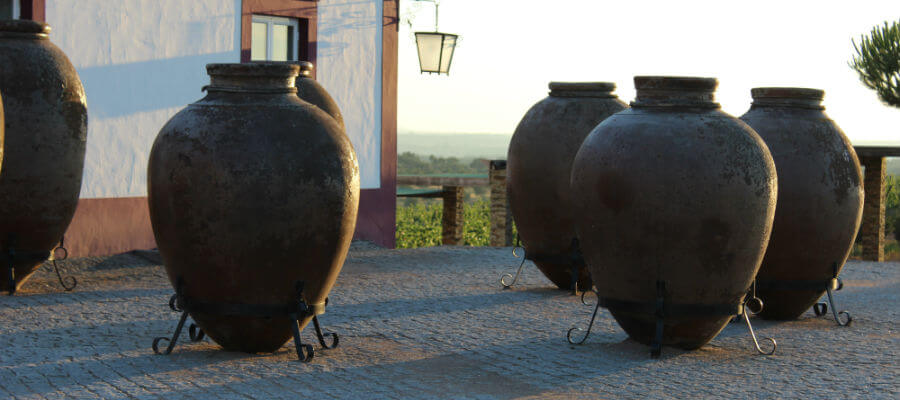
Talhas – Photo Provided by Herdade das Servas | All Rights Reserved
The wines that bring up this conversation are beautiful specimens from Alentejo. Harvest after harvest, Herdade das Servas has been proving to be a good bet. They all have good structure, firm tannins, and tastiness, and they all last on the mouth. I will not use descriptors, but they are obviously different… two are varietal and the other is a blend of Touriga Nacional (40%), Alicante Bouschet (30%), Aragonês (20%), and Trincadeira (10%).
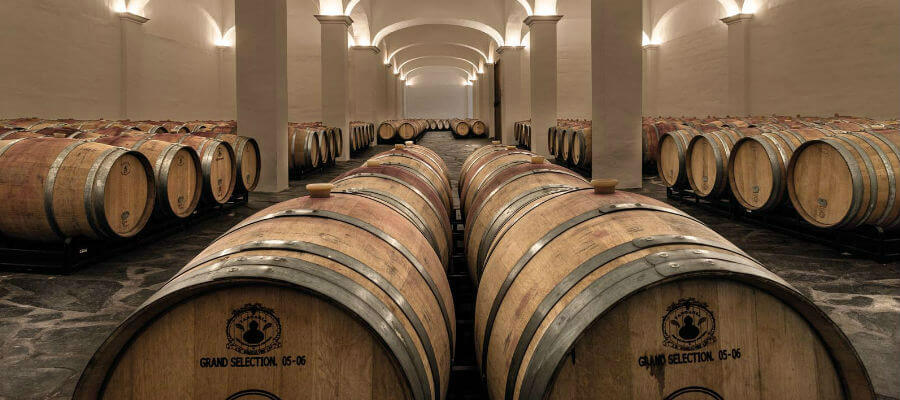
Winery – Photo Provided by Herdade das Servas | All Rights Reserved
Now, to enter the outer layer of “taste”: the Alicante Bouschet left a stronger mark on me. I am not a big fan of Touriga Nacional from Alentejo; however, this variation of the grape variety in Herdade das Servas is capable of belonReserved”that Alentejo”, which I confess to long for… actually, those three wines do.
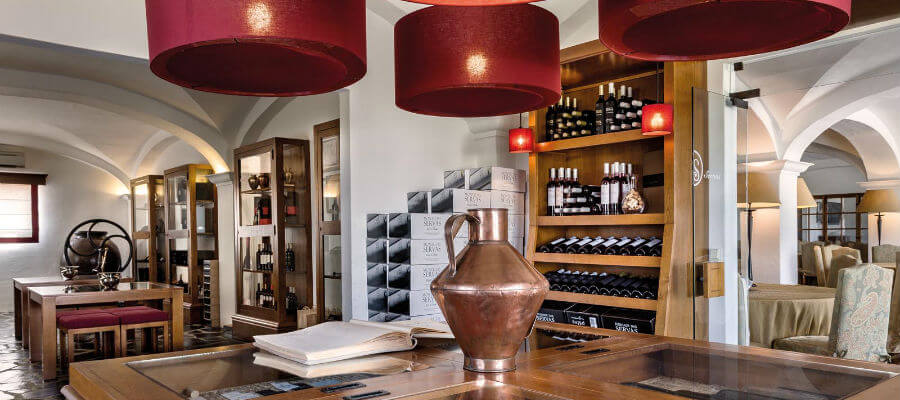
Distribution Room – Photo Provided by Herdade das Servas | All Rights Reserved
What should I eat with them?! The classic answer works every time. I am most interested in conversations with nice people, especially with varietals. I don’t care if I will or will not be able to stand up straight; I don’t plan on driving.
You can read more about Herdade das Servas here and here.
Contacts
Serrano Mira SA
Herdade das Servas, Apartado 286
7101-909 Estremoz -Portugal
Tel: (+351) 268 322 949
Fax: (+351) 268 339 420
E-mail: info@herdadedasservas.com
Website: www.herdadedasservas.com




antonio joao a s abreu
Na mouche! TOP